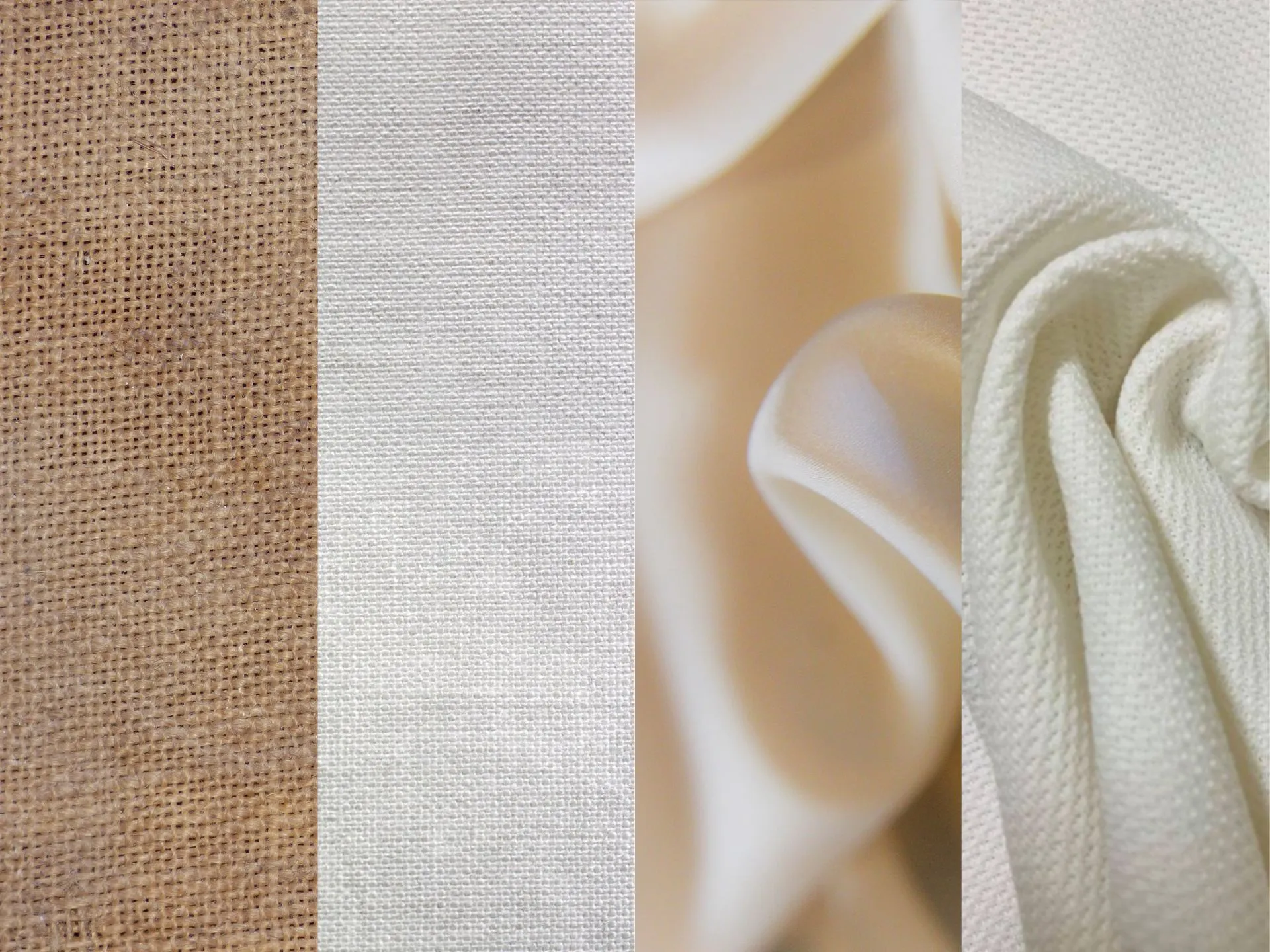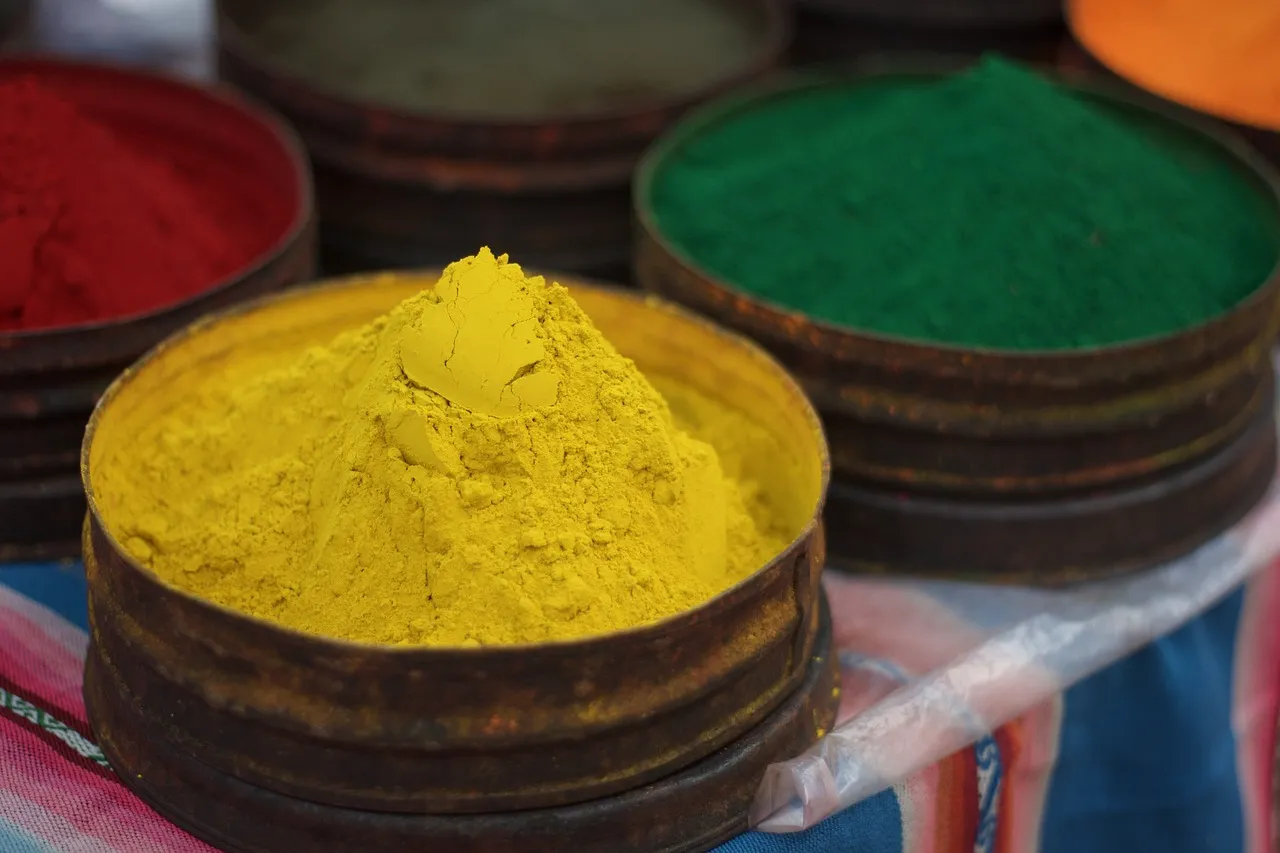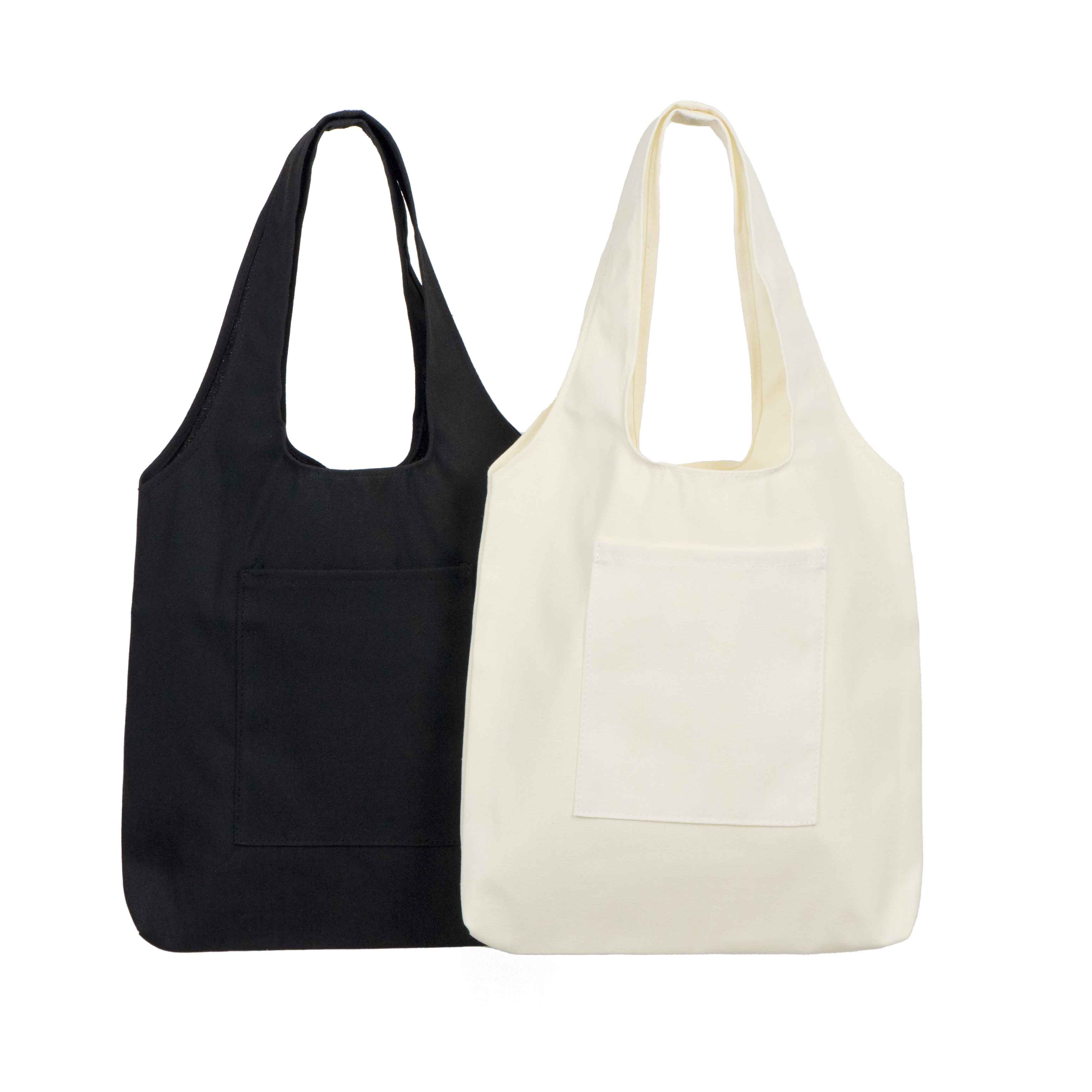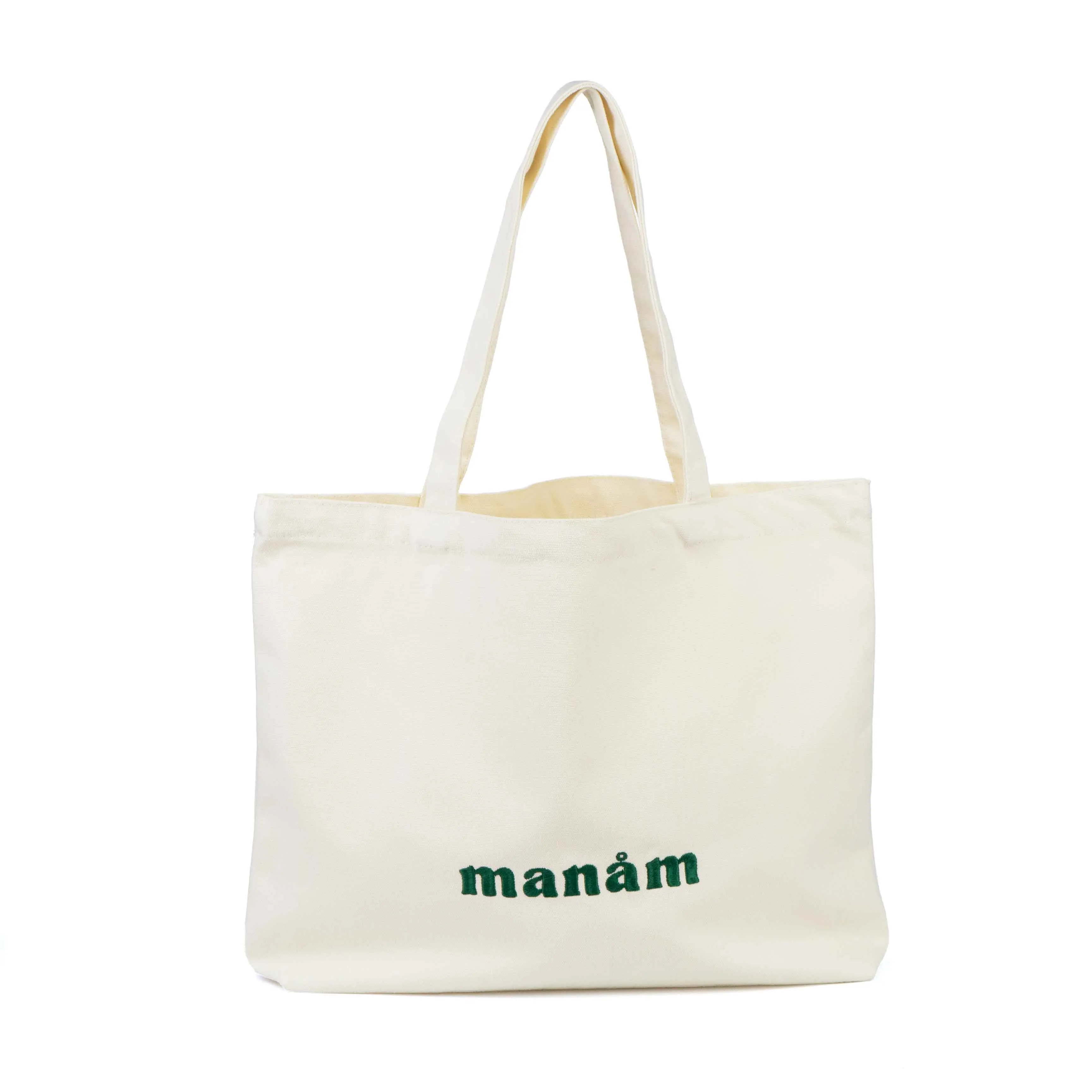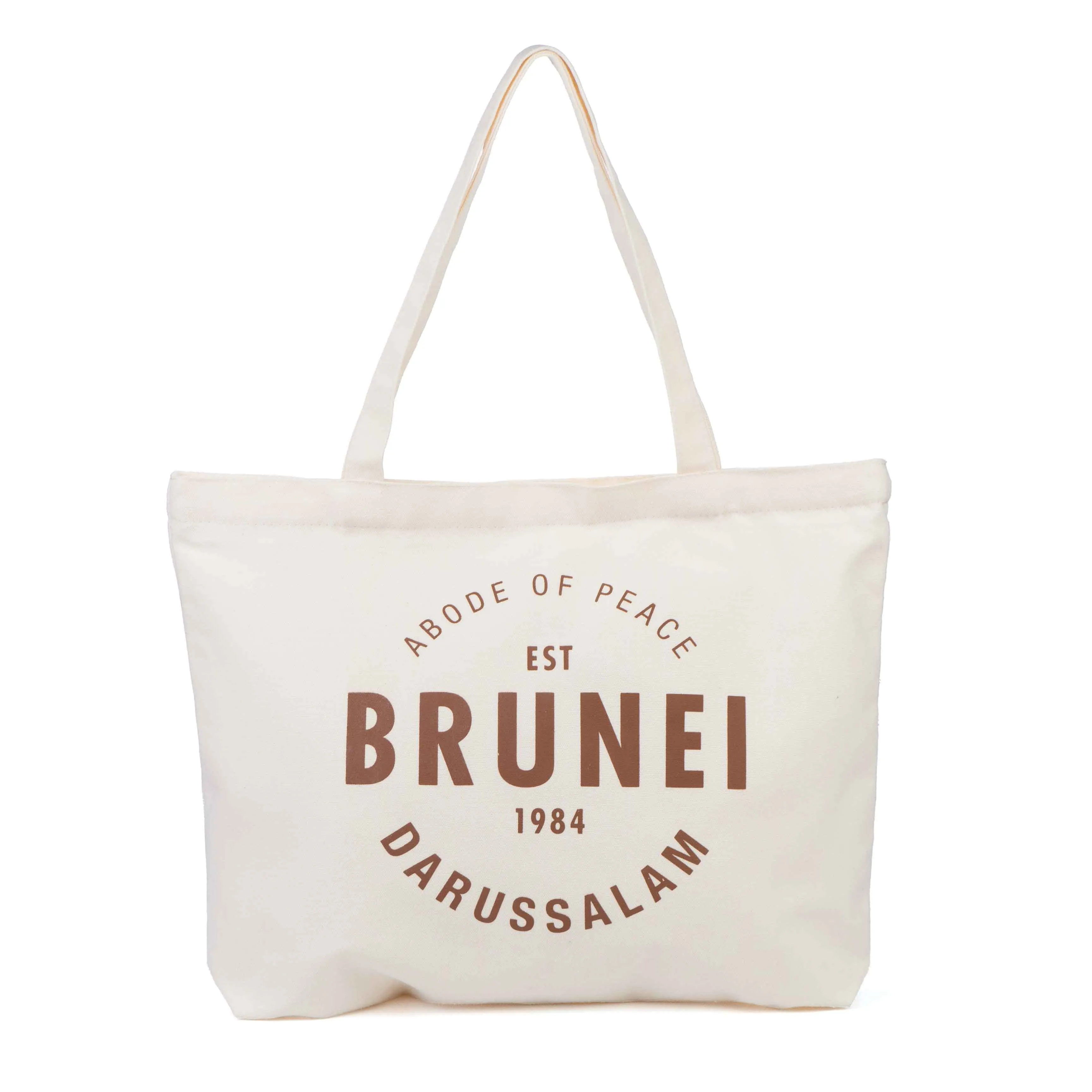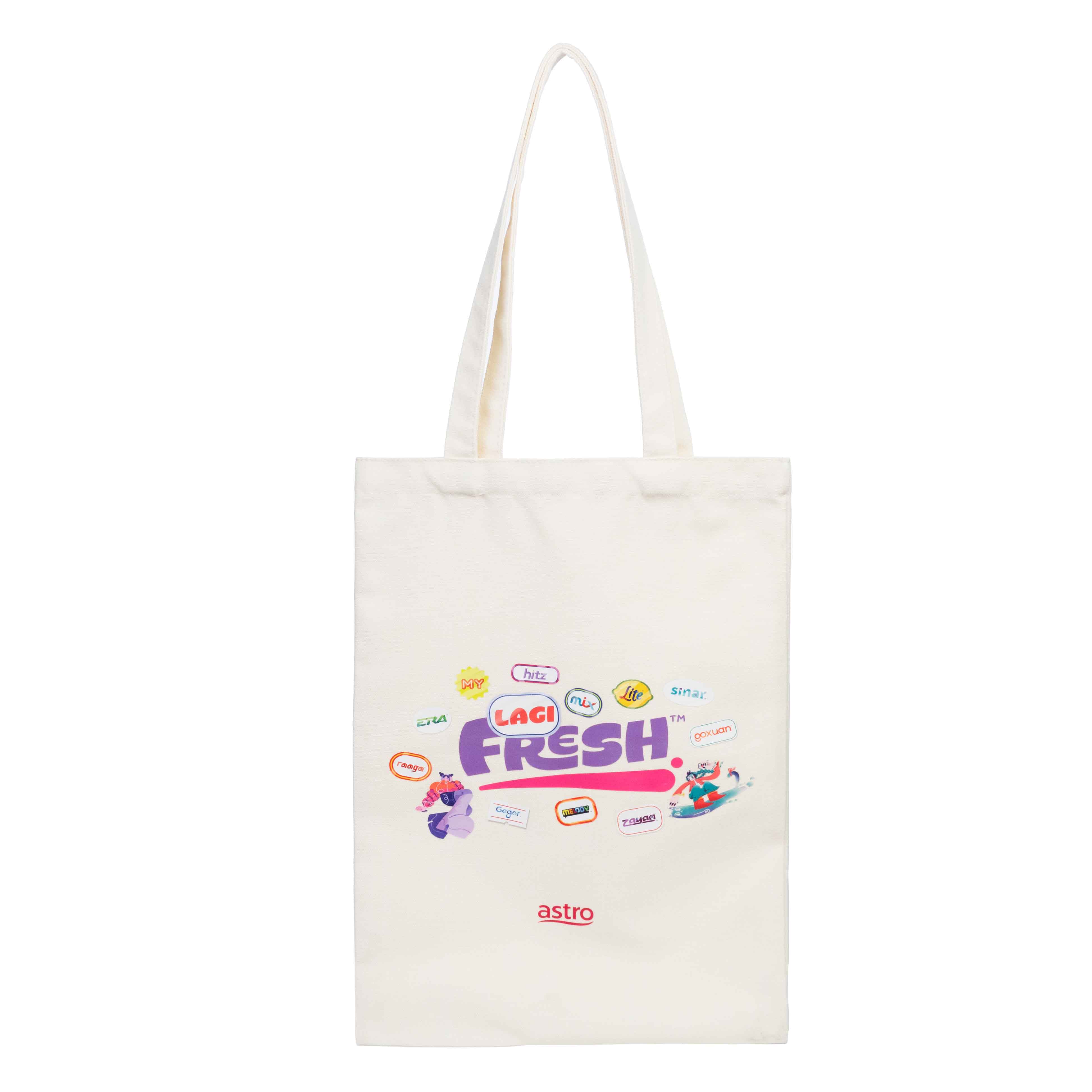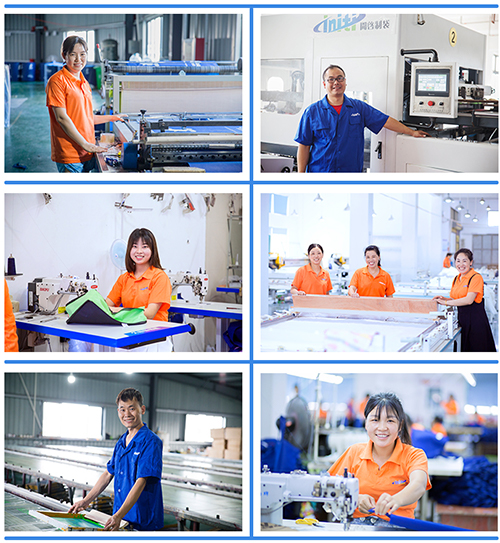How to dye a canvas bag
Canvas bags are not only practical but also a great way to express your personal style through dyeing. This article will cover the materials needed, steps for dyeing, tips for fabric and dye selection, and key points for maintenance after tie-dyeing.
Required Materials
Natural Fibers are ideal for tie-dyeing as they absorb dye more effectively. Recommended options:
Pure Cotton Canvas: The most commonly used material with excellent dye absorption, vibrant colors, and a natural texture.
Linen: Highly absorbent with even dye results, perfect for natural-style tie-dyeing.
Silk: Offers unique color variations but requires gentler handling.
Bamboo Fiber: Eco-friendly, smooth, and absorbs dye evenly.
Avoid synthetic fibers (e.g., polyester), as they do not absorb conventional dyes well, leading to poor tie-dye results.
Fabric Thickness determines the ease of dyeing and final outcome:
Medium Thickness (8–12 oz):
Ideal for canvas bags; easy to work with and ensures even color absorption.
Provides a sturdy structure, resulting in clear and natural tie-dye patterns.
Thin Material (below 6 oz):
Suitable for lightweight bags; easier to dye and handle.
May fold too much during tie-dyeing, leading to excessive dye absorption or blurred patterns.
Thick Material (above 14 oz):
Durable but stiffer; dye penetrates more slowly, making it ideal for deep or complex tie-dye effects.
Requires longer soaking to ensure uniform coloring inside and out.
Fabric Dyes
Several types of dyes are suitable for tie-dyeing canvas bags:
Reactive Dyes: Ideal for natural fibers like cotton and linen, providing bright and durable colors. Easy to use.
Acid Dyes: Primarily for animal fibers such as wool and silk; less effective on plant-based fibers.
Natural Plant-Based Dyes: Eco-friendly and non-toxic, derived from plants like indigo (blue), sappanwood (red), and turmeric (yellow). However, they produce lighter shades, require longer dyeing times, and are less colorfast than chemical dyes.
Additional Materials:
Hot Water and Salt: Help direct dyes adhere better to the fabric.
Alkaline Agents (e.g., baking soda): Enhance the reaction when using reactive dyes.
Fixatives: Used after dyeing to improve colorfastness and prevent fading.
Tools: Large pots or buckets, rubber gloves, stirring tools (wooden sticks or metal rods).
Dyeing Steps
Prepare the Workspace
Cover the work area with plastic sheets or old newspapers to protect surfaces. Wear gloves to avoid staining your hands.
Clean the Canvas Bag
Wash the bag with mild detergent to remove dust and grease. Let it air dry or keep it slightly damp for better dye absorption.
Prepare the Dye Solution
Fill a large pot or bucket with hot water, add dye and salt (to help the dye adhere to the fabric), and stir well.
Dye the Canvas Bag
Fully submerge the bag in the dye solution. Stir continuously to prevent uneven coloring. Soak for 30–60 minutes, depending on the desired intensity.
Rinse and Clean
For tie-dyed bags made with natural fibers, hand washing is recommended for gentler care.
Use cold or lukewarm water; avoid hot water to prevent fading.
Add a small amount of mild detergent and gently rub the bag to remove excess dye.
Dry the Canvas Bag
Lay the bag flat or hang it in a cool, ventilated area to air dry. Avoid direct sunlight, which can cause fading, and do not tumble dry, as high temperatures may accelerate fading or deform the bag.
Material and Dye Selection
Fabric Type and Thickness
Natural Fibers: Pure cotton canvas ensures even absorption and is suitable for both dyeing and tie-dyeing.
Thickness: Medium thickness (8–12 oz) is the best balance for easy handling and clear patterns.
Surface Treatment: Unbleached and untreated fabrics absorb dye more effectively.
Dye Types
Reactive Dyes: Perfect for natural fibers, offering vibrant and long-lasting colors in an alkaline environment.
Direct Dyes: Easy to use, great for DIY projects, though slightly less colorfast.
Natural Plant-Based Dyes: Eco-friendly and non-toxic, ideal for sustainable projects but requiring longer dyeing times.
Tie-Dye Techniques and Design
Use rubber bands to create unique patterns and effects.
Combine plant-based dyes with bamboo fibers for a natural, eco-friendly aesthetic.
Soaking time and stirring frequency affect pattern uniformity and color depth.
Care and Maintenance
Washing
Hand wash with cold water and mild detergent.
Avoid machine washing and strong alkaline cleaners.
Drying
Air dry in a shaded, ventilated area.
Do not expose to direct sunlight or use high-temperature drying.
Daily Storage
Store in a dry place, and avoid heavy pressure or dye transfer to other materials.
Preventing Fading
Soak the bag in saltwater or vinegar for 10–15 minutes to enhance colorfastness.
Conclusion
By choosing the right materials and dyes and following proper dyeing and maintenance techniques, you can bring vibrant colors and personalized designs to your canvas bags. Whether you're a DIY enthusiast or a commercial producer, these tips will help you create visually appealing and practical dyed canvas bags.
Hot Tags:Shopping Bag China, suppliers, manufacturers, factory, wholesale, in bulk, for sale,tote bag ideas,canvas bags for storage,cotton shoulder bag, rpet bag, custom garment bags,canvas drawstring bags,Insulated lunch cooler bag,makeup cosmetic bag for sale,Grocery and Shopping tote bag,Beach Accessories,Jute/hemp/burlap tote bag,Corduroy tote bag,Travel bag,Linen bag,Paper bag
Featured Articles:

